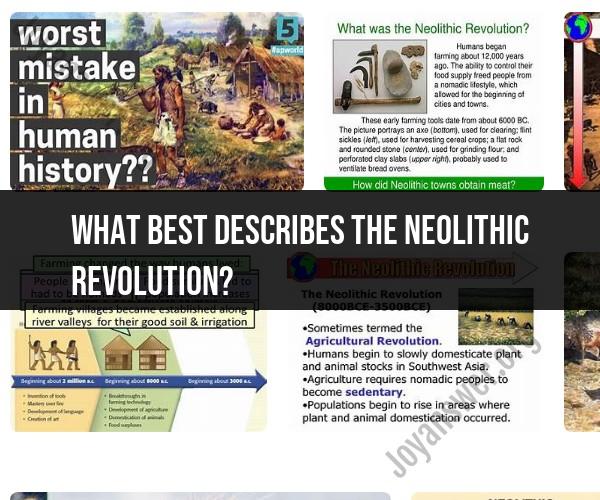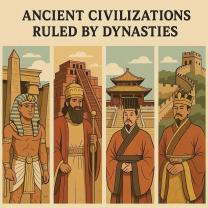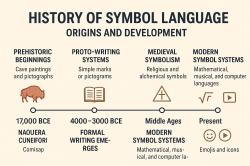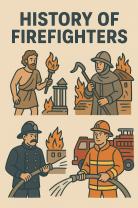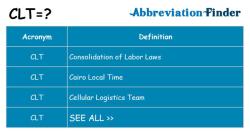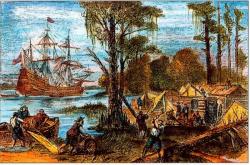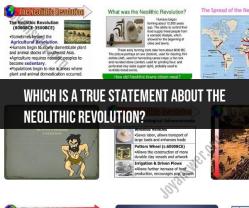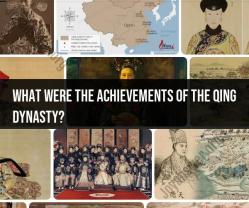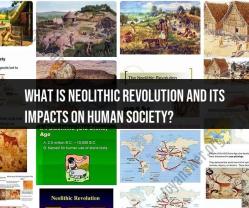What best describes the Neolithic Revolution?
The Neolithic Revolution, also known as the Agricultural Revolution, was a fundamental transformation in human history that marked the shift from a nomadic, hunter-gatherer lifestyle to a settled, agricultural way of life. This profound change occurred over thousands of years and is characterized by several key features:
Transition to Agriculture: The most defining aspect of the Neolithic Revolution was the shift from a reliance on hunting and gathering for food to the cultivation of crops and the domestication of animals. This transition allowed early human societies to produce their own food, leading to greater stability and the ability to support larger populations.
Domestication of Plants and Animals: During this period, humans learned to selectively breed and cultivate certain plant species (such as wheat, barley, and rice) and animals (like goats, sheep, and cattle). This domestication process made these species more reliable sources of food, clothing, and other resources.
Settlement and Agriculture: As people began to cultivate crops and raise animals, they established permanent settlements, leading to the development of villages and eventually towns and cities. Agriculture allowed for the accumulation of surplus food, which in turn enabled the growth of larger and more complex societies.
Technological Advancements: The Neolithic Revolution was accompanied by innovations in farming and food storage, such as plows, irrigation systems, and granaries. These technologies made agricultural practices more efficient and productive.
Social and Economic Changes: The shift from hunting and gathering to agriculture had profound effects on the organization of societies. It led to the emergence of social hierarchies, the division of labor, and the accumulation of wealth and property. These changes played a role in shaping the social, economic, and political structures of early civilizations.
Cultural and Environmental Impact: The Neolithic Revolution also had significant cultural and environmental consequences. It influenced the development of religious and belief systems, art, and architecture. Additionally, the increased demand for agricultural land and resources had environmental impacts, such as deforestation and changes in ecosystems.
The Neolithic Revolution is often considered one of the most important milestones in human history, as it laid the foundation for the development of more complex and stratified societies, the growth of urban centers, and the eventual rise of civilizations. It had a profound and lasting impact on human culture, economics, technology, and the way societies organized themselves.
Understanding the Neolithic Revolution: A Historical Overview
The Neolithic Revolution was a watershed moment in human history. It marked the transition from hunter-gatherer societies to agricultural societies, and it led to the development of complex civilizations.
The Neolithic Revolution began around 10,000 BCE in the Fertile Crescent, a region of the Middle East that includes present-day Iraq, Iran, Syria, and Turkey. From there, it spread to other parts of the world, including Europe, Asia, and Africa.
Key Developments and Characteristics of the Neolithic Era
Some of the key developments and characteristics of the Neolithic Era include:
- The domestication of plants and animals: This allowed humans to produce their own food and settle in one place.
- The development of agriculture: This led to an increase in food production and population growth.
- The construction of permanent settlements: This allowed for the development of more complex social and political structures.
- The development of new technologies: This includes the development of pottery, tools, and weapons.
The Transition from Hunter-Gatherer to Agricultural Societies
The transition from hunter-gatherer to agricultural societies was a gradual process. It was driven by a number of factors, including climate change, population growth, and technological innovation.
One of the key factors that contributed to the transition to agriculture was climate change. Around 10,000 BCE, the Earth's climate began to warm, which led to the development of more fertile lands. This made it possible for humans to grow crops and raise livestock.
Another factor that contributed to the transition to agriculture was population growth. As the human population grew, it became more difficult to find enough food through hunting and gathering. Agriculture provided a more reliable way to produce food and support a larger population.
Finally, technological innovation also played a role in the transition to agriculture. The development of new tools and weapons made it easier for humans to clear land, plant crops, and harvest food.
The Neolithic Revolution's Impact on Human Civilization
The Neolithic Revolution had a profound impact on human civilization. It led to the development of complex societies, cities, and states. It also led to the development of new technologies, such as writing, mathematics, and astronomy.
The Neolithic Revolution also had a significant impact on the environment. The clearing of forests for agriculture led to deforestation and soil erosion. The domestication of animals led to the introduction of invasive species to new environments.
Ongoing Debates and Research in Neolithic Studies
There are a number of ongoing debates and areas of research in Neolithic studies. Some of the key questions that researchers are interested in include:
- What were the specific factors that led to the transition to agriculture in different parts of the world?
- How did the Neolithic Revolution impact different social groups, such as men and women, adults and children, and different ethnic groups?
- What were the environmental impacts of the Neolithic Revolution?
- How did the Neolithic Revolution contribute to the development of complex societies and civilizations?
Neolithic studies is a dynamic and rapidly growing field. Researchers are using new technologies and methods to learn more about this critical period in human history.
